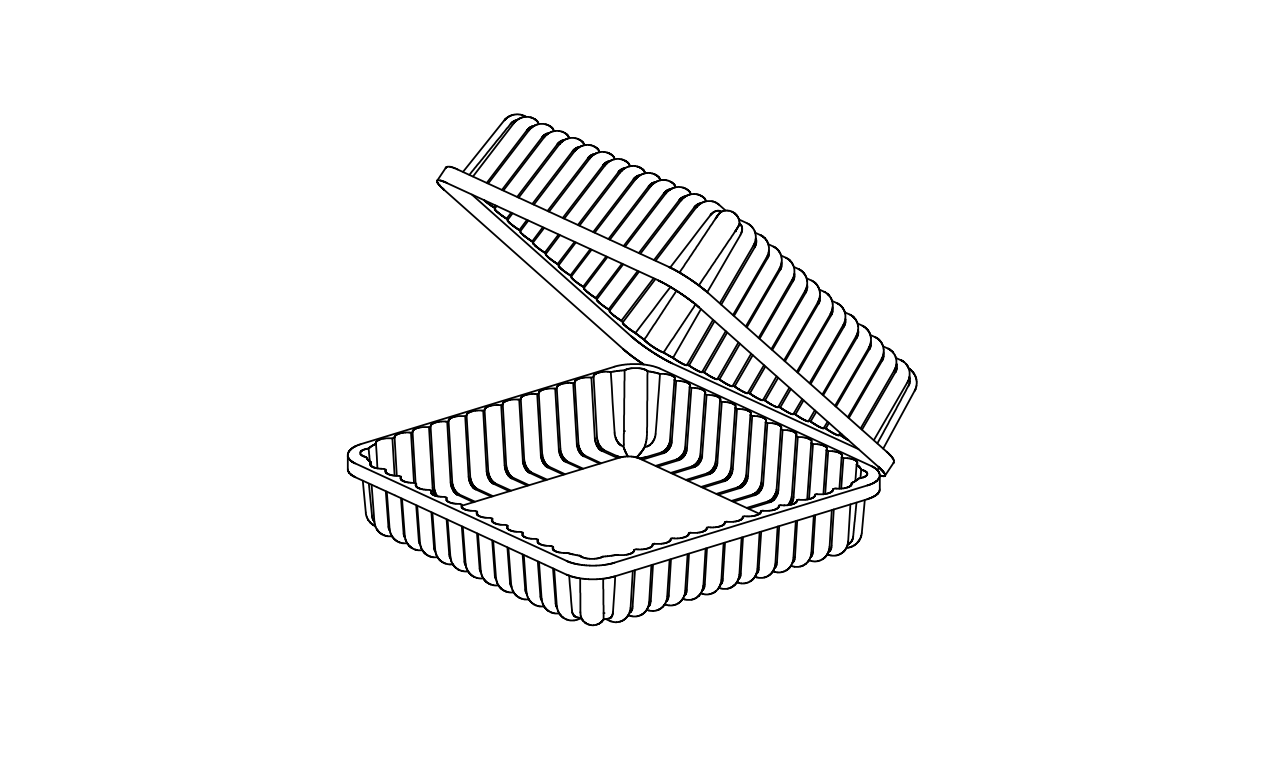In the design process of the overall structure of the blister, in addition to the appearance visibility factor, this aspect is also a consideration of aesthetics as a design element. Blister packaging cannot be ignored in terms of practicality. When designing a blister box with an unusual structure or volume, these two aspects must be considered together to design a perfect and high-quality blister packaging product.
Blister box reinforcements are generally distributed on the four walls and the five surfaces of the bottom of the blister, which not only strengthens the strength of each surface but also makes the overall strength complete and mutually conductive. It can effectively disperse external impact forces, which is very practical and very useful. Design for results. When blister boxes are used for some industrial transportation and packaging, the tolerance of the blister boxes should be fully considered, especially for certain blister trays, which in many cases need to contain large items and heavy metal products. When the strength of the blister tray is insufficient, the life of the blister tray is significantly shortened, or it can only be used as a one-time use and cannot be recycled. In this harsh usage environment, the starting point for the design of the blister box is the overall solidity and longevity of the blister. If you blindly start from the material and thicken the wall thickness after blister molding, this will increase the cost. If we want to improve the overall strength of blister without increasing the cost, we must start with the structure of blister.
From a physical point of view, when the overhanging surface of the structure is too large, or the span is too large, the load that the connecting surface of the structural member itself can carry is limited. Then add a piece of reinforcement on the common vertical surface of the two combinations. Plates, also known as reinforcing ribs, are used to increase the strength of the joint surface. This strength-improving rib design has long been commonly used in the blister industry: it improves product strength and rigidity without increasing the wall thickness of the blister box, thereby achieving the purpose of saving material usage, reducing weight, and reducing costs. This design can overcome the distortion of the blister box caused by uneven stress due to differences in wall thickness.

